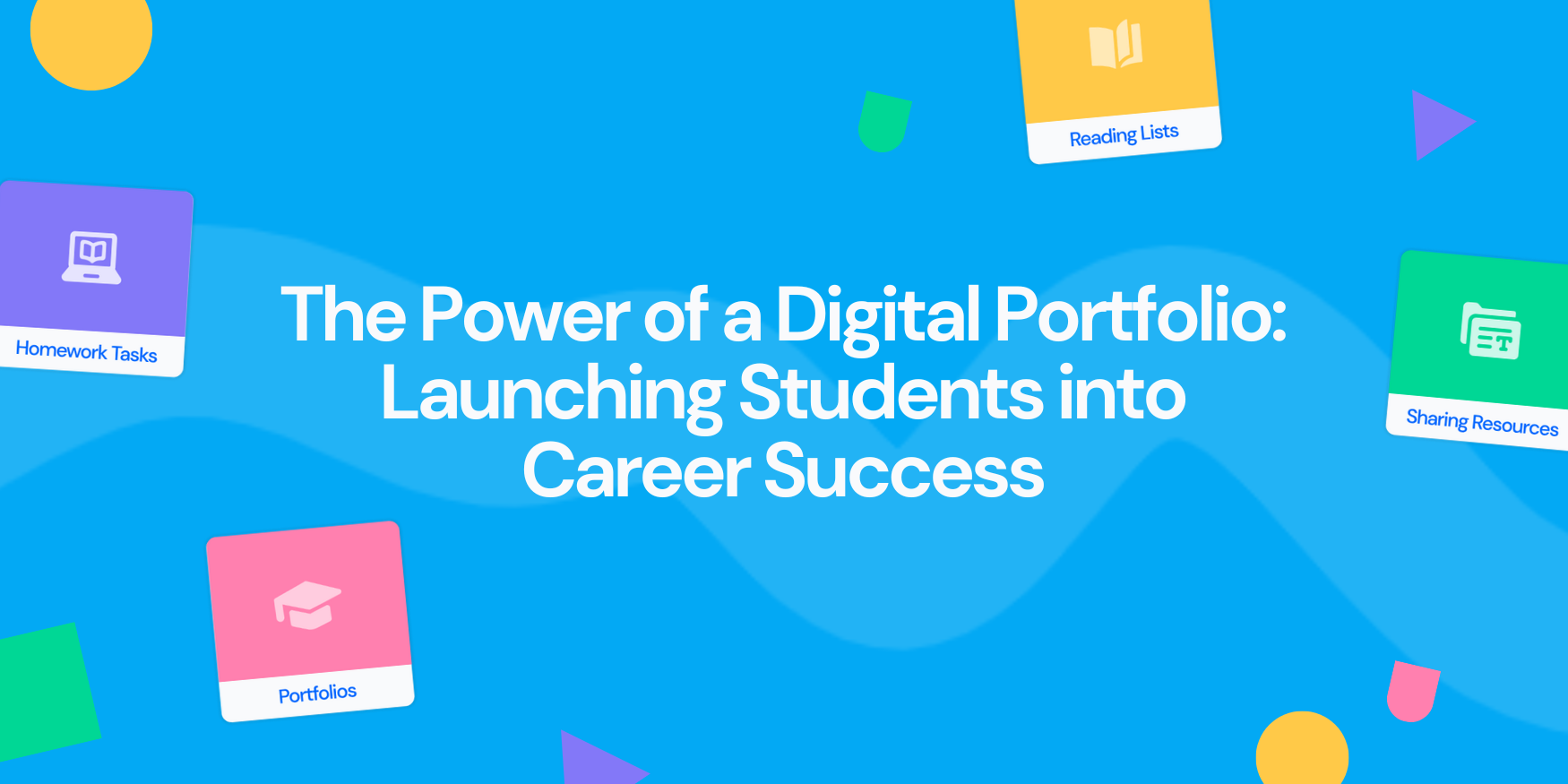The C.V is dead. Long live the Digital Portfolio.
A brief and boring history of the C.V/Resume
The first CV was written in 1482 by the original “renaissance man” Leonardo DaVinci, who used it to record his enviable list of skills. Why someone like DaVinci ever thought he needed a CV is still a mystery, but nonetheless, the trend caught on, and a business tradition was born.
Fast forward a meager 540 years, and the CV is still with us – largely unchanged and still as uninspiring as it ever was. It was in the 1950’s that CVs and resumés were formalized – quickly becoming the integral part of applying for a job for millions of people around the world. At this point they were still pretty basic – stating where you’d worked and for how long.
As the 1960’s came around, the CV evolved in line with the individualism of the counterculture movement. People began to include more personal information on their CV, like their hopes, dreams, hobbies and interests. Making the CV more human was a step in the right direction, but most still believe that even now, this information is rarely taken into account when considering someone for a role.
By the 80’s and 90’s, the CV format became more consistent. Computers and word processors ensured that templates were abundant, and the internet streamlined the job seeking process like never before.
Digital portfolios are here to stay
Okay. As a quick snapshot of someone’s work history and education, sure – the CV serves its purpose. Everyone is familiar with its structure, knows where to look for certain information, and it’s in standard format used across the world. But things are changing.
In recent years, digital portfolios have splashed on the scene with no sign of going away. Unlike a traditional CV, a digital portfolio actually showcases the real work that a candidate has done in the past. It can contain social media posts, videos, PDFs, and any other type of media that can be used to support an application. Instead of someone reading in Times New Roman that you’re really good at social media posts – you can actually show off that exact social media post that got 10,000 likes and retweets. Big difference.
The same goes for painting a picture of who you really are. It’s no secret that the first thing most companies do when screening a candidate is searching their name on Google (which can lead to some pretty awkward results depending on how you spend your weekends). Well a digital portfolio allows you to bypass this and showcase the best parts of you on the web all in one place.
You want to show you’re a team player? Add that video of you scoring the game winning point for your local team. Enjoy making music? Add a link to your Soundcloud account. Are you certified or qualified on a certain platform? Upload an image of your certificate. All of these things make so much more of an impression than if they were just written down. As a sum of its parts, the wide range of mixed media you can share in a digital portfolio creates way more of an impact than a traditional CV. And in an ever increasingly competitive employment market, standing out from the crowd is more important than ever.
Making sure you stand out from the crowd
Around 60% of employers rate skills like communication, collaboration, and creativity amongst the top priorities when recruiting new talent. Funny – as these are the kind of things that are more or less impossible to demonstrate on a text based CV. A digital portfolio however allows you to display these soft skills in a number of creative and innovative ways – perfect for leaving a good impression.
We’re all way more connected online than ever before, and most of us have digital assets that we can use to support a job application. In the past, there was no efficient or engaging way to get this content in front of the right people. Now however, with platforms like Wakelet, you can create a digital portfolio for free and start sending it out in no time at all.
Sending your portfolio is as simple as copying and pasting the link to it inside an email or job application form. Through this one link you can provide a real insight into who you are as a person, the things you have achieved professionally, along with real life evidence of your previous successes.
If you’re interested in bringing your professional experience into a digital world (and you should be) – then head to Wakelet and begin creating your shiny new digital portfolio. Remember – there is no “right” way to do it, and the structure and design of it is simply a great opportunity to show off your creativity.
Create your first collection and title it “My Experience” or “My Achievements”. Then start copying and pasting links into it, and before long you’ll have a fully fledged digital portfolio that will instantly boost your employability!
For a more in depth guide on how to get started, watch this video, hosted by yours truly!
So is it time to ditch that CV and offer up your digital portfolio as a better, more engaging alternative? We think YES!




